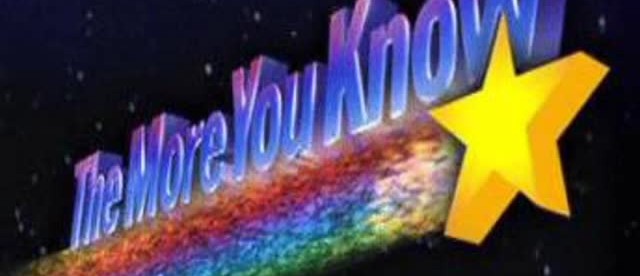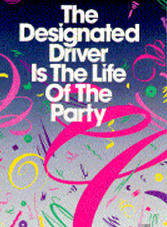How Hollywood and Harvard Partnered to Save Lives

Television is a very powerful medium, one whose value extends well beyond the escapism and entertainment it brings into our homes. If you’re a marketer, for example, you can use TV to introduce a new product to consumers and, via the magic of product placements, make it seem like the must-have item — after all, if your customers’ favorite characters use your product, maybe your customers will, too. In that case, TV isn’t real but its after-effects can be. Or, as Harvard University summarizes:
Entertainment not only mirrors social reality, but also helps shape it by depicting what constitutes popular opinion, by influencing people’s perceptions of the roles and behaviors that are appropriate to members of a culture, and by modeling specific behaviors.
To those cynical toward (or perhaps correct about) the objectives of marketers, that can be pretty scary. Imagine a concerted effort to place an idea in the minds of people, not just through one TV show, but through many. More than 150 different prime-time shows across multiple top TV networks weaving your message into their stories, and, just to drive the point home, traditional ad units echoing the sentiment. That may seem terrifying, as if Hollywood and Madison Avenue conspired to hijack your subconscious.
The good news is that such ad campaigns are rarely so robust — the cost would be prohibitive. The bad news is that a campaign of this magnitude happened at least once, starting in 1988.
Actually, that bad news is good news — because this was the message:

The term “designated driver” was virtually unheard of in the U.S. before the 1980s. The concept stems from Scandinavia and dates back to the 1920s and found a home in Canada as of 1986. In 1988, a Harvard professor of public health named Jay Winsten brought it to the United States in earnest. He and his team, with an annual budget of only about $300,000, entered into an ambitious plan — one never before seen in the public health space. Working with executives at ABC, CBS, and NBC, Winsten’s team convinced many prominent TV shows of the era — Cheers, the Cosby Show, L.A. Law, and Roseanne are mentioned in various press reports — to make a positive, story-relevant reference to the designated driver program in various episodes. Combined with public service announcements, the New York Times estimated that, as of January 1989, “the television industry has given $100 million of air time to the designated-driver idea because of the Harvard project.”
And it probably worked. In a 2010 article in the Harvard Gazette, Winsten touted some impressive numbers — results he credits to new laws, the role of law enforcement, and of course, the media efforts: “When the campaign began in late 1988, annual alcohol-related traffic fatalities stood at 23,626, with no decline since 1985; four years into the campaign, fatalities had dropped by 25 percent.”
For much of the 1990s and until the 2000s, Winsten’s model was successfully replicated by others engaged in public health campaigns — although in today’s media landscape, the model may not work. As Winsten explained to the Gazette, “in the age of new media, the consumers have seized control over the content and dissemination of the message. The challenge for public health is how to reinsert ourselves into a conversation that is now going on without us.”
Bonus Fact: In some areas, most notably Minnesota and Ohio, drivers who are arrested for certain types of DUI offenses have their license plates taken from them, and are offered special plates instead. The plates (often called “whiskey plates”), to a trained eye, inform others (including law enforcement) of the registrant’s prior crimes. Minnesota’s begin with the letter W, while Ohio’s are red letters on an orange background (seen here) as opposed to the state’s normal designs.
From the Archives: The Isolated Tree: Perhaps the world’s strangest drunk driving accident.
Take the Quiz: Can you recite the lyrics to the Cheers theme song? (I was able to get all 84 words in under 90 seconds!)
Related: The complete series (11 seasons) of Cheers on DVD. If you’re an Amazon Prime member, the first nine seasons can be streamed for free, starting here.
